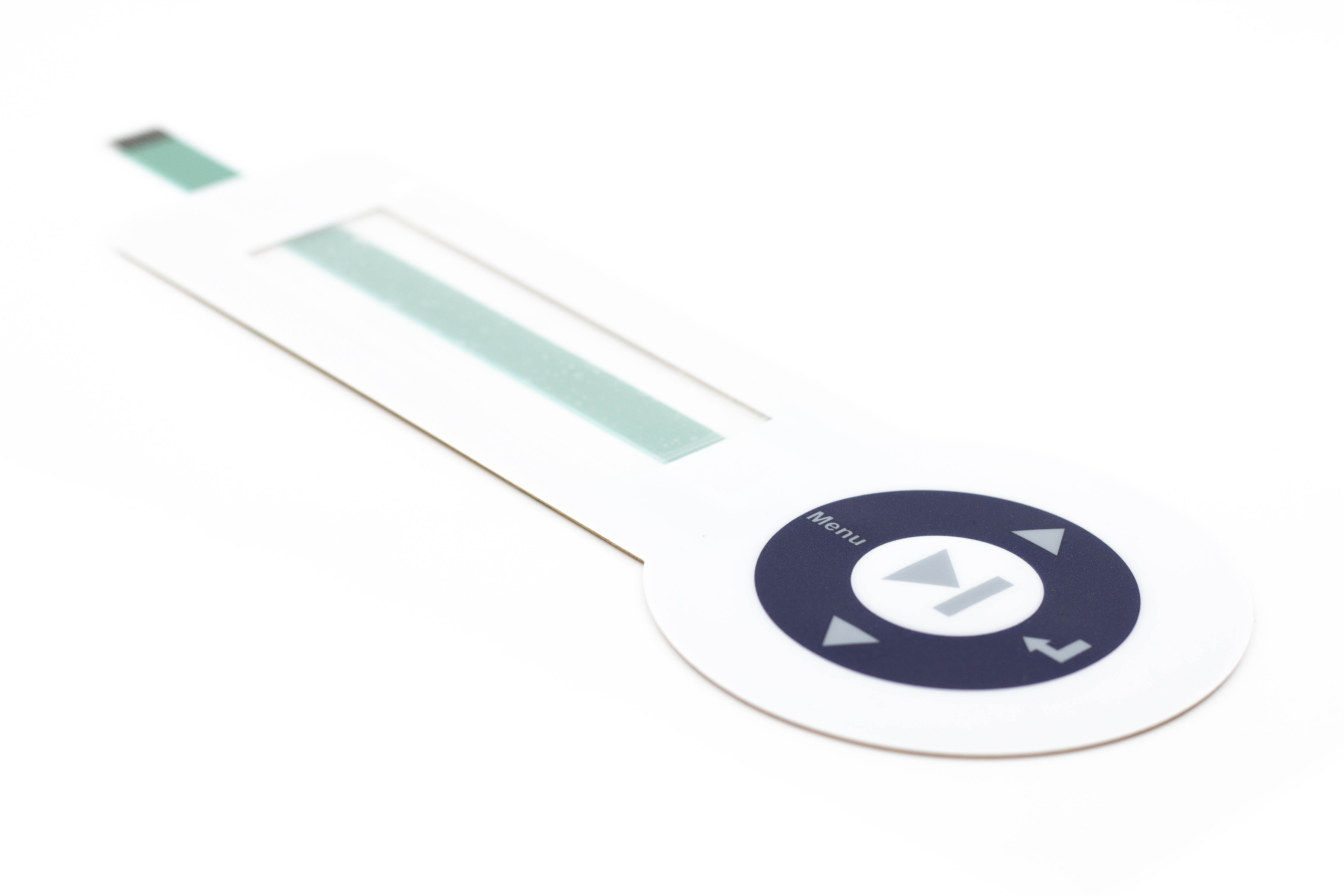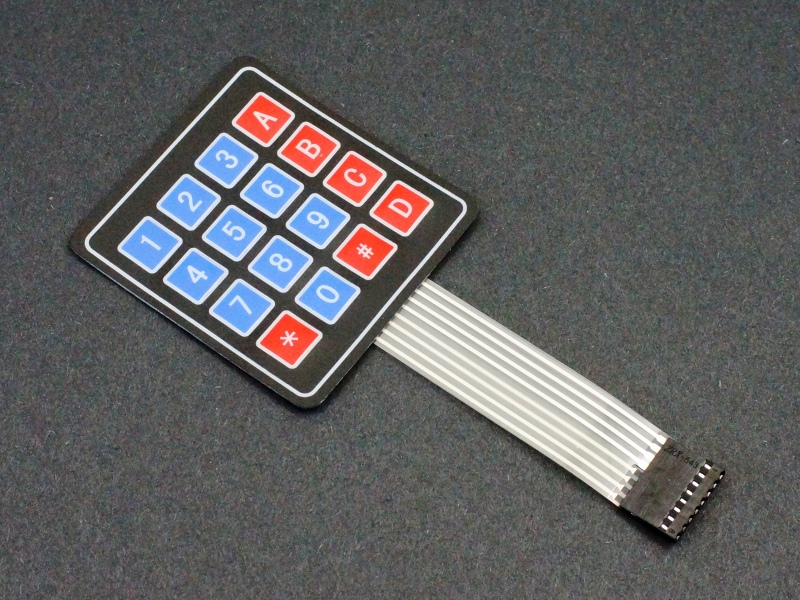How Membrane Switches Are Revolutionizing User Interface Design
Discover How Membrane Switches Feature and Their Role in Modern Electronic Devices
Membrane Switches represent an advanced integration of modern technology and design within the world of modern-day electronic devices, offering as essential user interfaces in countless tools. Understanding the details of Membrane button functionality and their wider implications in improving individual experience welcomes additional expedition into their style, advantages, and the cutting-edge advancements forming their future in innovation.
What Are Membrane Buttons?

Membrane buttons are distinguished by their resilience and resistance to ecological factors, such as dirt, moisture, and extreme temperatures. They can be tailored with numerous graphics, colors, and responsive comments choices, improving individual experience while preserving visual charm - membrane switches. The incorporation of published circuits allows for smooth assimilation right into devices, improving total functionality.
The flexibility of Membrane buttons is obvious in their capacity to sustain both complicated and basic control functions. They can incorporate functions such as LED indications and touch-sensitive innovation, providing to particular individual demands. As innovation proceeds to advance, Membrane Switches continue to be crucial for allowing user-friendly and reliable customer interfaces, consequently playing an essential function in the advancement of modern electronic devices.
Parts of Membrane Switches
Membrane buttons are composed of several vital components that work with each other to develop a practical and trustworthy user interface. The main aspects include the graphic overlay, glue layer, spacer layer, and conductive traces.
The graphic overlay functions as the individual interface, commonly printed on a flexible substratum such as polyester or polycarbonate. This layer not just provides visual allure yet additionally consists of responsive responses, visual signs, and protective attributes. Underneath the graphic overlay exists the sticky layer, which secures the button to the tool and makes certain longevity against ecological stress and anxieties.
The spacer layer is critical for maintaining the essential space in between the graphic overlay and the circuit layer. This void enables the activation of the button when stress is used. The conductive traces, typically made from silver or carbon, create the electrical paths that complete the circuit when the button is engaged.
Additionally, a backing layer might be consisted of for architectural support and insulation. These components work together effortlessly, guaranteeing that Membrane switches are both user-friendly and resilient, making them crucial in different modern electronic applications.
Exactly How Membrane Switches Work
How do Membrane Switches function successfully within digital tools? Membrane Switches operate on the principles of pressure-sensitive technology, using a split construction that consists of graphic overlays, glue layers, and conductive components.
The style of Membrane switches is essential for their reliable useful site procedure (membrane switches). The layers are meticulously engineered to give responsive comments, durability, and resistance to environmental variables such as dampness and dust. The incorporation of domes-- little, increased areas within the switch-- boosts tactile reaction, supplying users with a recognizable click sensation upon activation
Moreover, Membrane switches can be customized in terms of size, shape, and graphics, making them suitable for various applications. They are commonly used in control panels, medical gadgets, and customer electronic devices due to their sleek design and reliability. In general, the effective performance of Membrane switches is pivotal in enhancing customer interaction and making sure smooth procedure in modern digital tools.

Applications in Modern Instruments
Using their one-of-a-kind layout and performance, Membrane switches have come to be important elements in a wide variety of modern electronic tools. These versatile interfaces are used in consumer electronics, industrial equipment, medical tools, and vehicle controls, supplying smooth customer interaction.
In customer electronic devices, Membrane switches are frequently discovered in appliances like microwaves, cleaning makers, and other home devices, where they make it possible for intuitive control with a sleek account. Their low-profile design helps with assimilation right into compact tools, improving visual charm without endangering functionality.
In commercial applications, Membrane Switches function as control board for machinery, offering sturdiness and resistance to severe settings. Their capability to endure wetness and pollutants makes them perfect for use in manufacturing and processing industries.
Clinical tools likewise take advantage of Membrane buttons, which are developed to be very easy to clean and keep, ensuring hygiene in clinical settings. They are commonly used in diagnostic tools, patient monitoring systems, and mobile medical devices, where integrity is paramount.
Advantages of Membrane Switches
One of the essential advantages of Membrane buttons is their convenience, which permits them to be tailored a knockout post for a selection of applications across numerous sectors. These switches can be made in various sizes and shapes, fitting unique item needs while giving smooth assimilation into tools. Their thin profile allows a sleek and small layout, typically enhancing the visual appeal of electronic products.
One more considerable advantage is their sturdiness - membrane switches. Membrane buttons are normally immune to dust, dampness, and chemicals, making them perfect for rough atmospheres. This durability prolongs their life expectancy contrasted to typical mechanical switches, minimizing the demand for frequent replacements
In addition, Membrane Switches offer cost-effectiveness. The production procedure entails printing technologies that reduce production prices, particularly for huge runs. This cost, combined with low upkeep demands, makes them an attractive choice for makers.

Conclusion
Finally, Membrane Switches stand for a significant innovation in user interface technology within modern-day electronics. Their split building and construction, pressure-sensitive procedure, and flexibility to numerous applications emphasize their relevance across several sectors. The longevity and ecological resistance of Membrane Switches better boost their allure, making them a you could try this out preferred selection for manufacturers looking for trustworthy and adjustable options. As the need for instinctive and durable user interfaces remains to grow, the role of Membrane buttons fit user experience will most certainly broaden.
Membrane Switches stand for an innovative assimilation of technology and style within the realm of modern electronic devices, offering as necessary interfaces in countless gadgets.In the realm of modern-day electronic devices, Membrane Switches offer as essential elements that promote user communication with tools. As modern technology continues to progress, Membrane Switches stay necessary for enabling instinctive and efficient individual interfaces, therefore playing a critical function in the development of modern-day electronic tools.
How do Membrane Switches feature successfully within electronic devices? Generally, the reliable functioning of Membrane buttons is pivotal in enhancing individual interaction and ensuring seamless operation in contemporary digital tools.